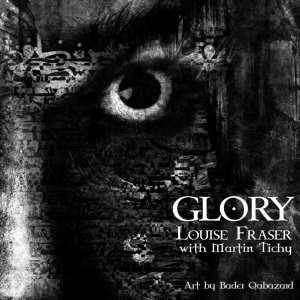
Inspired and dedicated to the fallen clansmen of Culloden, 'Glory' (Louise Fraser and Martin Tichy) was released on April 16 2019, the anniversary of the Battle of Culloden (Scottish Gaelic: Blàr Chùil Lodair) fought on 16 April 1746.
'Glory' was written by Louise Fraser, produced by Martin Tichy and mixed by Martin Tichy and Dietz Tinhof at Swoon Factory in Vienna. Louise created the music video and the single artwork is by Bader Qabazard.
The song comes together to create a lament that is poignant, dark, but at the same time filled with the pride and defiance of the clansmen that fought and fell on that day. It has been released on iTunes and all the usual streaming sites.
You may have heard Louise's songs on the CW, NBC, Lifetime, or MTV, Jack Black's latest movie, 'Goosebumps' (Sony Pictures), the award winning 'Sharkwater' soundtrack. As well as on countless other projects involving numerous collaborators.